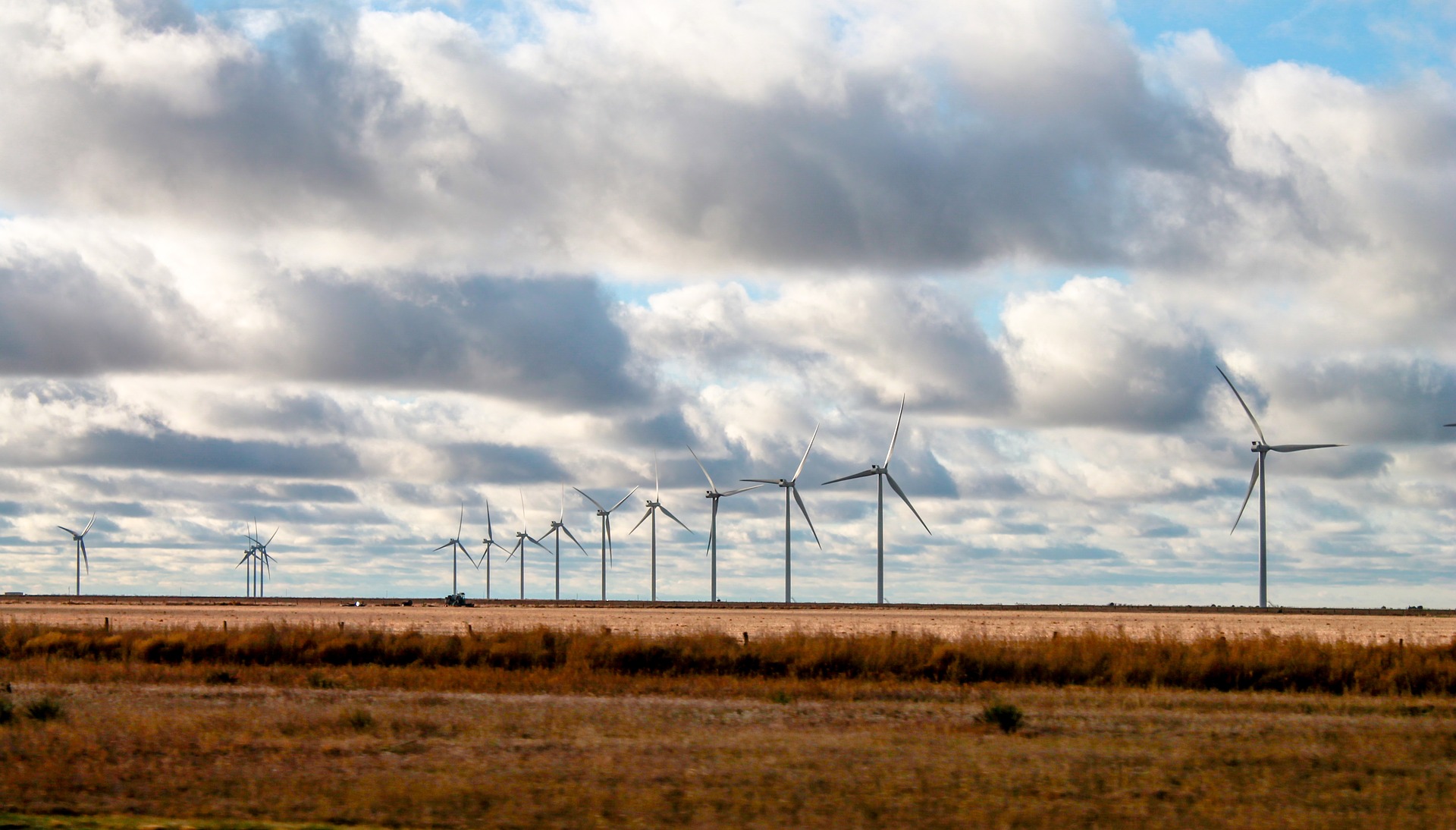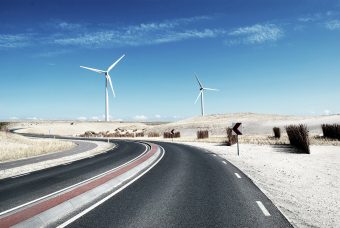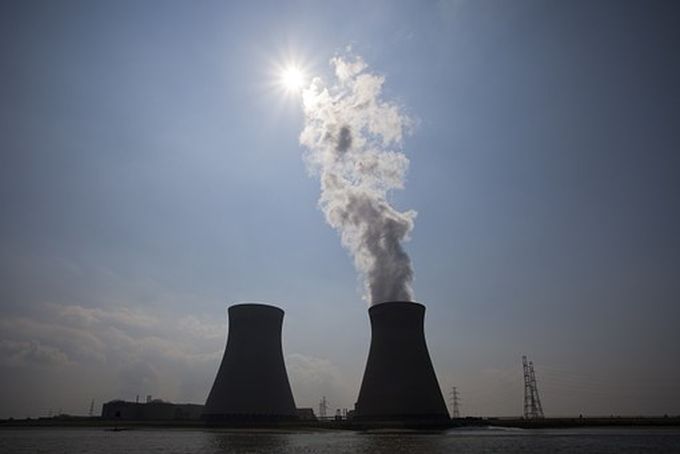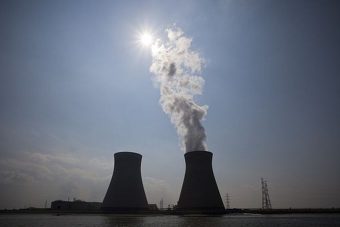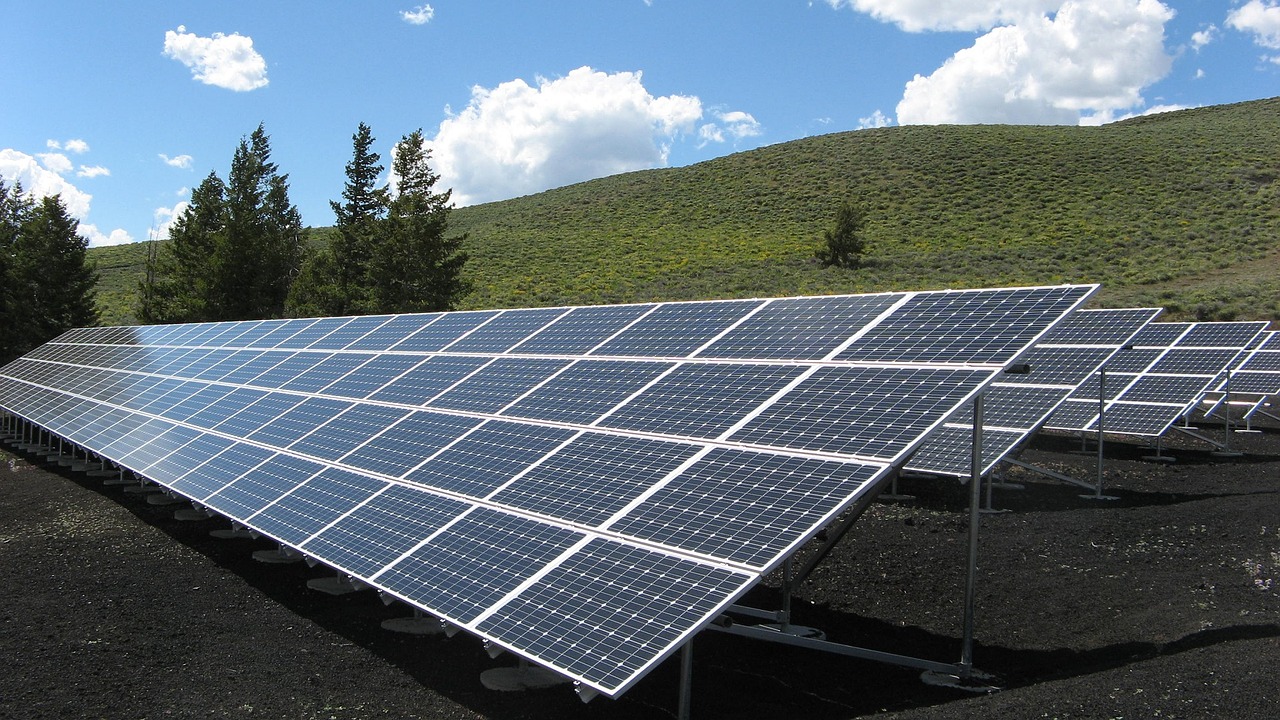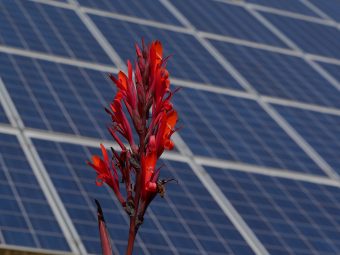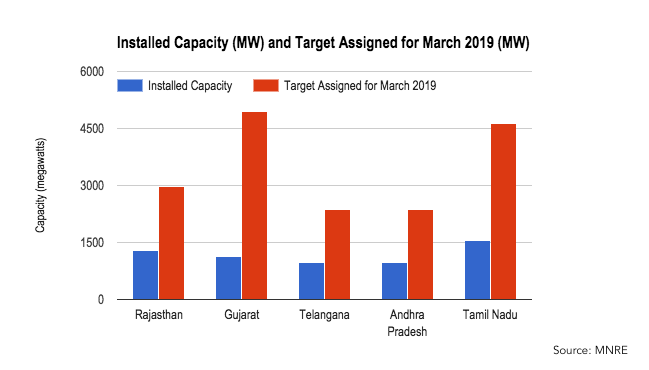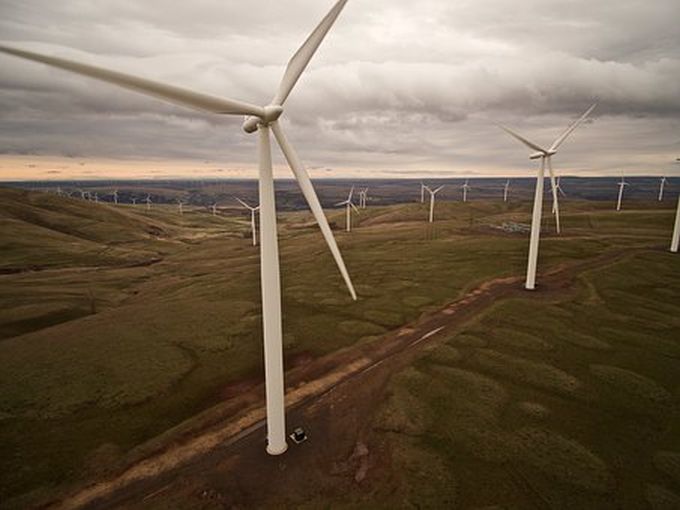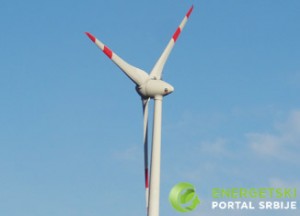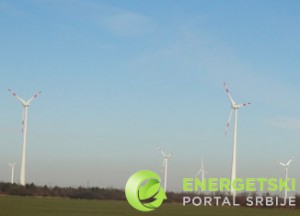
Wet and windy weather across Northern Europe this week may have loosened a few roof tiles, but it also delivered an impressive flurry of new wind power records, according to new data.
In the UK, wind turbines delivered 26 per cent of the UK’s electricity demand on Wednesday, with new records set for daily generation and half hourly output, trade body RenewableUK confirmed.
Generation peaked at 11.1GW, and averaged a record 10.3GW for the day, the industry group said, beating the previous records of 10.8GW and 9.8GW, which were set on December 23 2016.
Meanwhile Ireland’s power grid – which covers the Republic of Ireland and Northern Ireland – saw 60 per cent of its electricity come from wind on Tuesday night and Wednesday morning, an all-time high for the island. Generation hit s peak of 2.8GW at 7.15am on Wednesday morning, beating the previous record of 2.7GW which was set in January last year.
On the other side of the North Sea, Norway, Sweden, Denmark, Finland and Estonia generated a combined total of 256GWh of wind power, breaking the previous record of 236GWh ste late last year, according to analysts Elstatistik.
The flurry of New Year records follow a series of output records over the Christmas and New Year period, including data released earlier this week revealing Scotland generated power equivalent to the country’s entire electricity demand on four consecutive days late last year.
Source: businessgreen.com


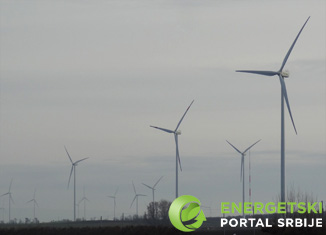



 Prince Philip, Duke of Edinburgh, last month presented the Director-General of UNESCO, Irina Bokova, with the World Wide Fund for Nature (WWF) 2016 Duke of Edinburgh Conservation Award, for her contribution to conservation. The ceremony took place at Buckingham Palace in London.
Prince Philip, Duke of Edinburgh, last month presented the Director-General of UNESCO, Irina Bokova, with the World Wide Fund for Nature (WWF) 2016 Duke of Edinburgh Conservation Award, for her contribution to conservation. The ceremony took place at Buckingham Palace in London.

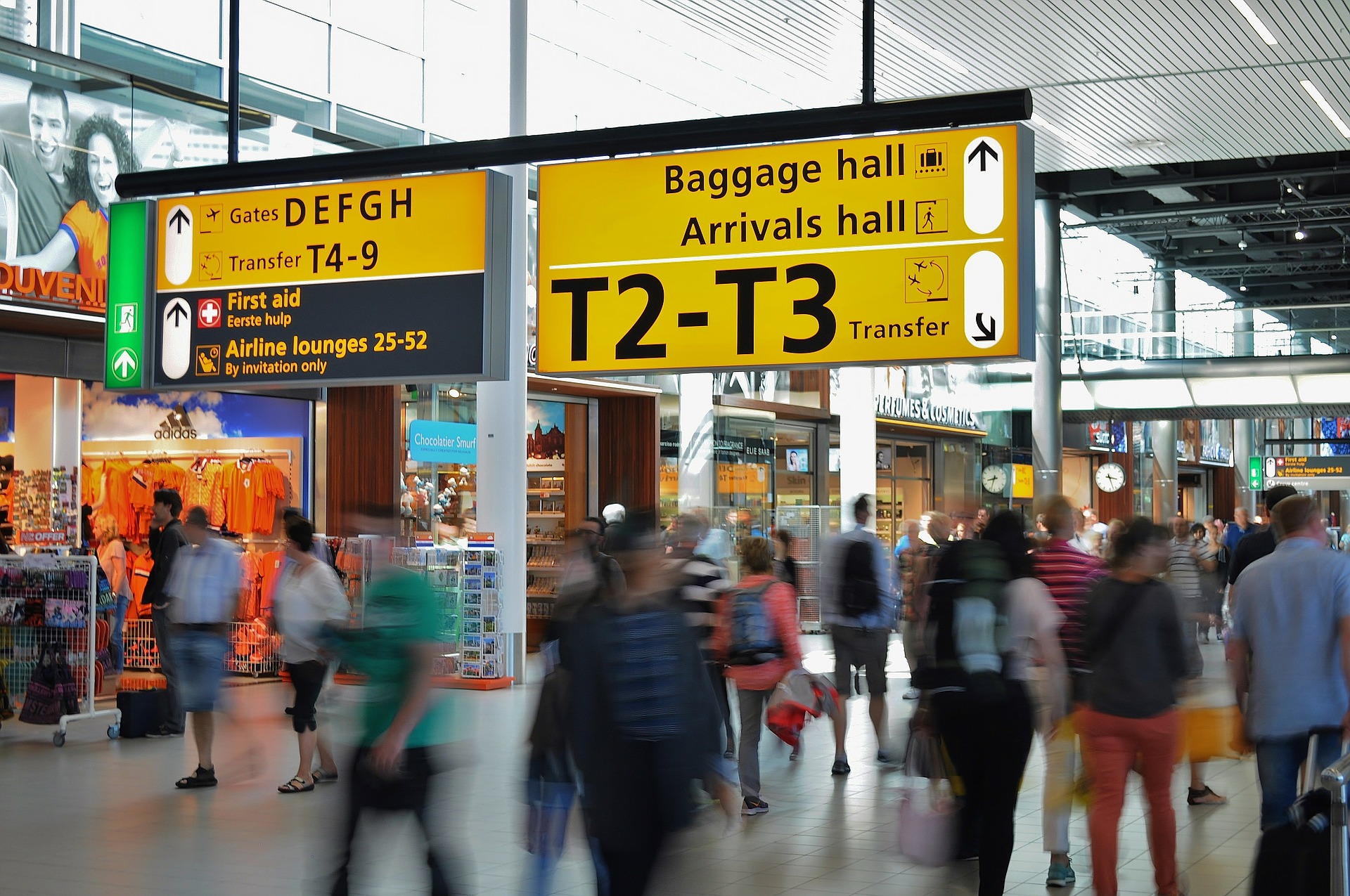

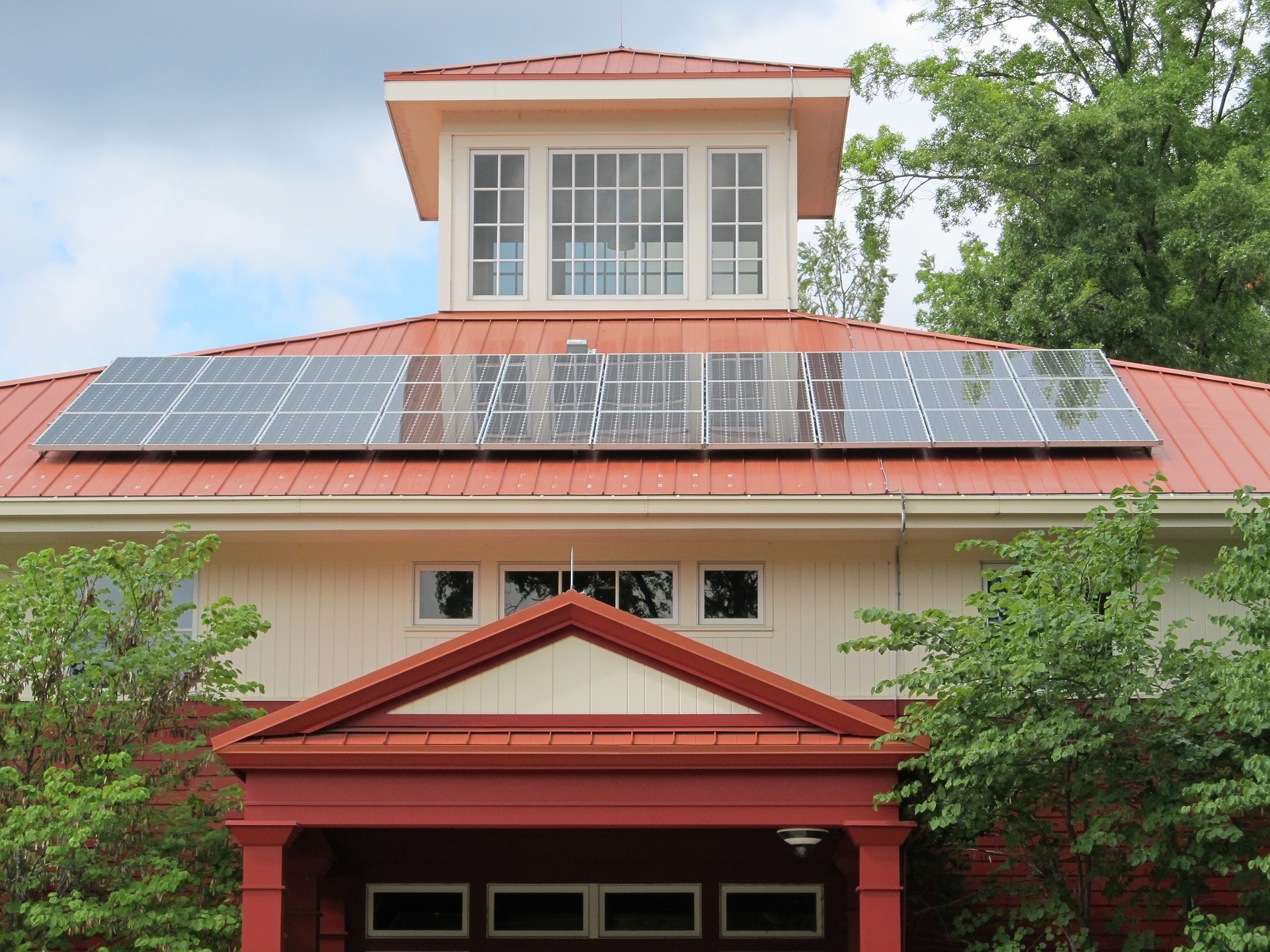


 The German city of Essen is Europe’s “Green Capital” in 2017, a title awarded by the European Commission, for its success in transitioning from a heavily polluting mining center to a clean and green economy.
The German city of Essen is Europe’s “Green Capital” in 2017, a title awarded by the European Commission, for its success in transitioning from a heavily polluting mining center to a clean and green economy.